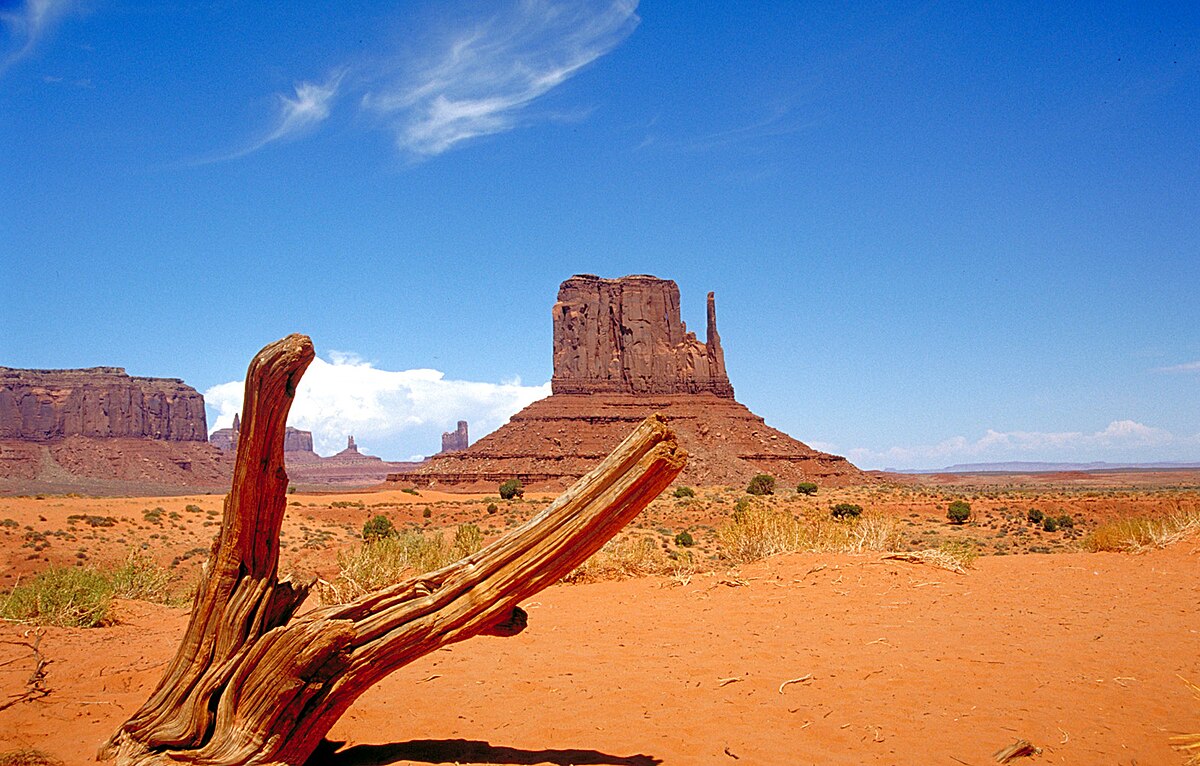FLAGSTAFF, Ariz. — After two bone-dry years that sank the U.S. Southwest deeper into drought, this summer’s rainy season unleashed fury. Monsoon storms have brought spectacular lightning shows, bounties of wildflowers and mushrooms, and record rainfall to the region’s deserts. They’ve also brought destruction, flooding streets, and homes, leading to some swift-water rescues and several deaths.

It’s a remarkable reversal from 2019 and 2020 when the annual period known simply as “the monsoon” left the region parched. The seasonal weather pattern from mid-June through September brings high hopes for rain. Still, the moisture isn’t guaranteed. “hat thatumatized a lot of us here in the Southwest, really worried if the monsoon was broken,” said Mike Crimmins, a climatologist at the University of Arizona. “and then here the 2021 monsoon comes along, and it’si’almost like we’rew’trying to make up for the last two seasons.
“Tucson, in southern Arizona, marked its wettest July on record and its 16th most soaked in August. The Phoenix airport is above average for the season by about an inch (2.5 centimeters) but is far from hitting the monsoon record for rainfall, the National Weather Service said. Some higher-elevation cities in metropolitan Phoenix fared better. Payson has logged nearly a foot (30 centimeters) of rain — about 5 inches (12 centimeters) above average. According to the weather service, an area south of Flagstaff had hail that measured 2.5 inches (6.4 centimeters) in diameter.
“That’s”Usually something you see in the news across the Midwest in tornado season,” “aid meteorologist Cindy Kobolb in Flagstaff. “F” recasters that have been here for decades can’tcaven say the last time they’vetheen hailstones that big in the state.” “ome locations like Window Rock, on the Navajo Nation, and Albuquerque, New Mexico, were just behind average precipitation for the season and others well behind because of the hit-and-miss nature of the monsoon.
The remnants of Tropical Storm Nora pushed moisture into the region this week. With each storm, officials warn of potential flooding dangers. Since the monsoon started this year, at least ten people have died in Arizona and at least four in New Mexico in flooding. Despite the abundant rainfall, the region is still trending toward hotter, drier weather because of climate change. Arizona is in some drought, and so is most of New Mexico. I’m”Ideally trying to enjoy it for what it is right now because I don’tdothink we’llweee this every summer,” “Crimmins said.
The monsoon is characterized by a shift in wind patterns that pull moisture in from the tropical coast of Mexico. Many Arizona and New Mexico cities get much of their annual rainfall during the monsoon. Crimmins said the water extends into southern Utah, Colorado, and California in a strong season. The downpours can replenish shallow aquifers and boost reservoirs temporarily. But the rain isn’t fixed for drought-stricken lakes and rivers, like the Colorado River, anywhere in the U.S. West.
Those systems rely primarily on melting snow and have dwindled for over two decades because of a megadrought. Thee expected La Nina weather pattern this winter means snowpack in the West could be in short supply, forecasters say. That worries fire managers who have been battling more severe blazes increasingly, like those in California. “T”e net effect of a robust monsoon is that it helps in the short shortll; it can set the Southwest up for an active and prolonged fire season for the following year or two,” “aids Punky Moore, a spokeswoman for the U.S. Forest Service’sSe’outhwest Region.
The same vegetation that can fuel wildfires when it dries up also feeds insects, said Gene Hall, an entomologist at the University of Arizona. More butterflies, more moths, and more pesky mosquitoes, he said. Some insects, such as the cockroach-like Palo Verde beetle, come out only during the monsoon to mate. Flying ants and termites gather by the hundreds or thousands to mbreedafter monsoon rain, Hall said.
